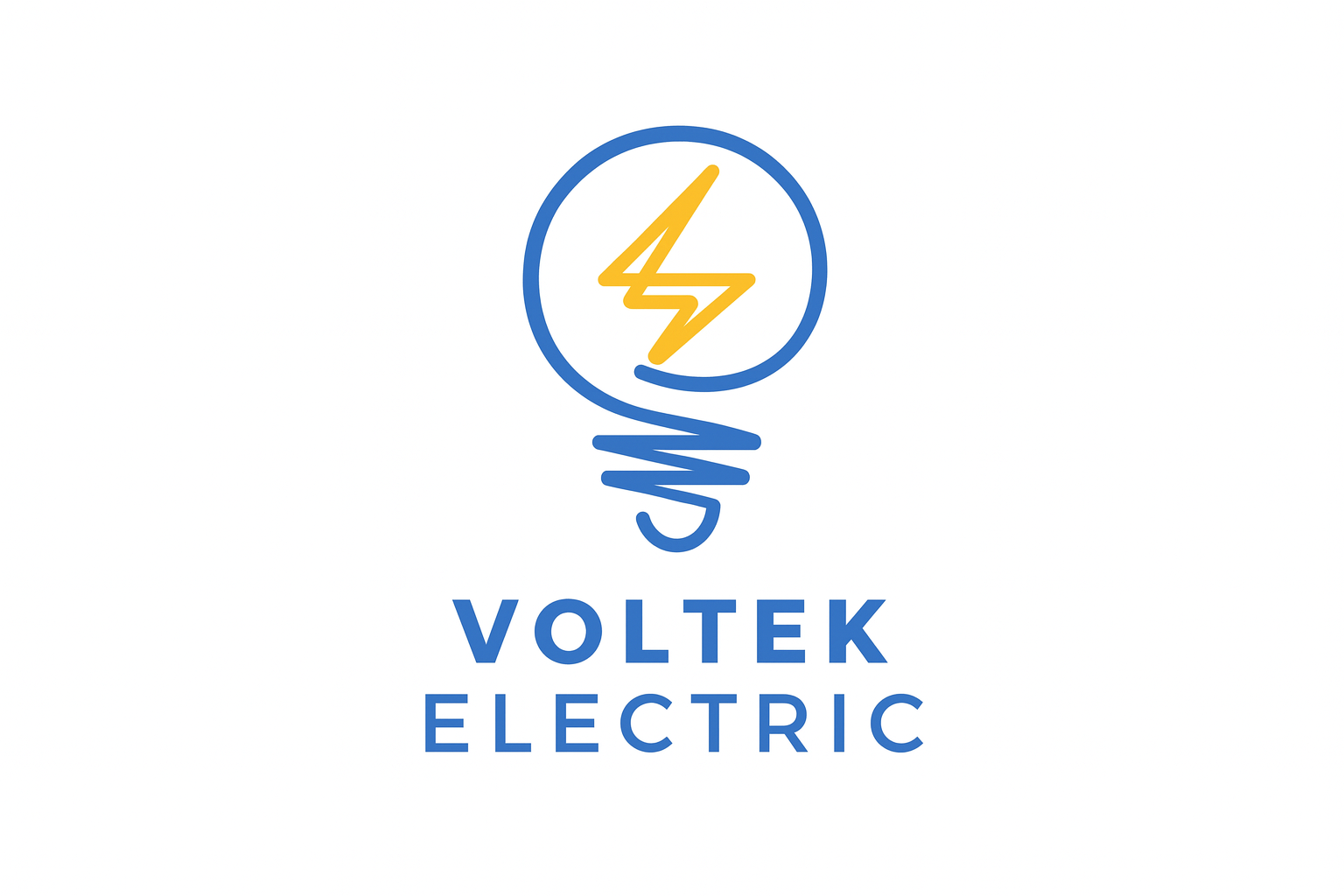
As more homeowners in the Chicago area make the switch to electric vehicles (EVs), a common question we hear is: “Can I just plug my EV into my dryer outlet?” While it might sound convenient, there are some major differences between EV charger installations and traditional dryer circuits.
In this guide from Voltek Electric, we break down what sets them apart, why it matters, and how to choose the right 240V solution for your home.
⚡ What is a Dryer Circuit?
A dryer circuit is a dedicated 240-volt outlet, usually a NEMA 14-30 or 10-30 plug, designed to handle the power requirements of a standard clothes dryer.
- Voltage: 240V
- Amperage: 30 amps
- Circuit: Typically 10-gauge wire, 2-pole breaker
- Plug type: NEMA 14-30 or 10-30
Limitations:
- Not designed for continuous charging loads
- May not meet manufacturer or NEC requirements for EV charging
- Often lacks GFCI or smart monitoring protection
🚘 What is an EV Charger Circuit?
An EV charger circuit is purpose-built for charging electric vehicles, offering higher capacity, safety features, and compliance with modern codes.
- Voltage: 240V
- Amperage: 40–60 amps typical
- Circuit: 8 or 6-gauge wire, 2-pole breaker
- Plug type: NEMA 14-50 or hardwired
- Protection: GFCI breaker or built-in, smart load monitoring
Advantages:
- Supports faster charging (Level 2)
- Meets EV manufacturer guidelines
- Code-compliant installation for resale and safety
- Often includes Wi-Fi/app integration
⚖️ EV Charger vs. Dryer Outlet: Key Differences
| Feature | Dryer Circuit | EV Charger Circuit |
|---|---|---|
| Amperage | 30A | 40–60A |
| Duty Cycle | Intermittent | Continuous (per NEC) |
| Safety Requirements | Basic | GFCI, surge protection |
| Plug Type | NEMA 10-30 / 14-30 | NEMA 14-50 / Hardwired |
| Install Compliance | Not code-compliant for EV | Fully compliant |
| App Connectivity | No | Often included |
🔌 Charging your EV with a dryer outlet adapter is not recommended unless the setup is specifically designed, approved, and inspected.
🧠 Why It Matters
Using the wrong circuit for EV charging can:
- Overheat wiring or cause breaker trips
- Void your EV or home insurance policy
- Lead to failed inspections when selling your home
A proper EV charger circuit ensures:
- Safer operation
- Faster charging
- Resale-ready electrical upgrades
👷 Do You Need a Permit?
Yes. In Illinois and especially in suburbs like Arlington Heights, Glenview, and Des Plaines, a permit is required to install an EV charger circuit. Voltek Electric handles all permitting and inspection for you.
💡 Thinking of Upgrading?
Voltek Electric provides:
- EV-ready panel upgrades
- NEMA 14-50 installs
- Tesla Wall Connector and ChargePoint setups
- Permit and inspection included
We serve:
- Glenview
- Arlington Heights
- Northbrook
- Mount Prospect
- Greater Chicago area
🔋 EV Ready = Future Ready
Make sure your home is equipped to handle your EV safely and efficiently.
Call Voltek Electric today for a free EV charger installation quote or second opinion.

Leave a Reply